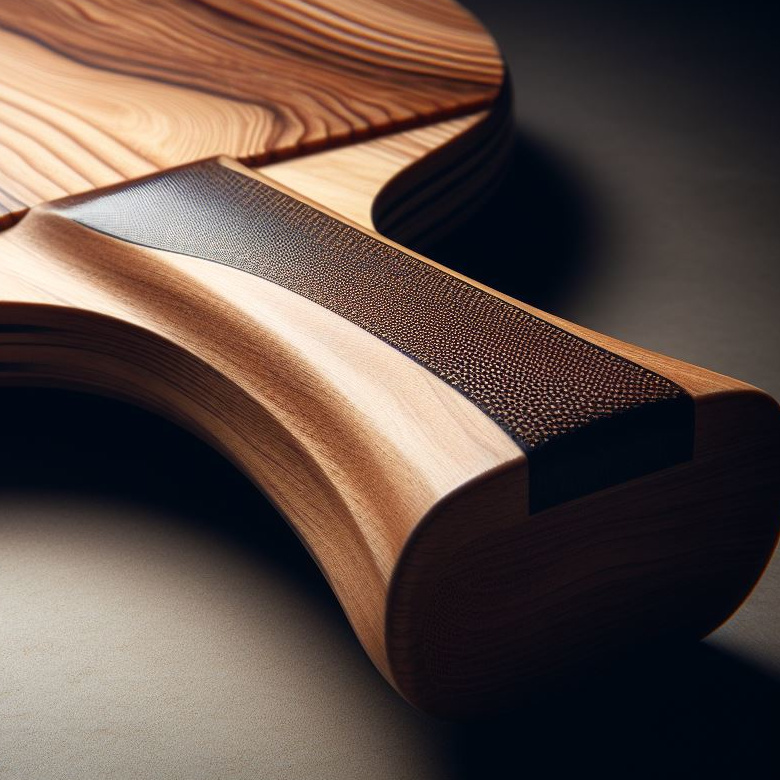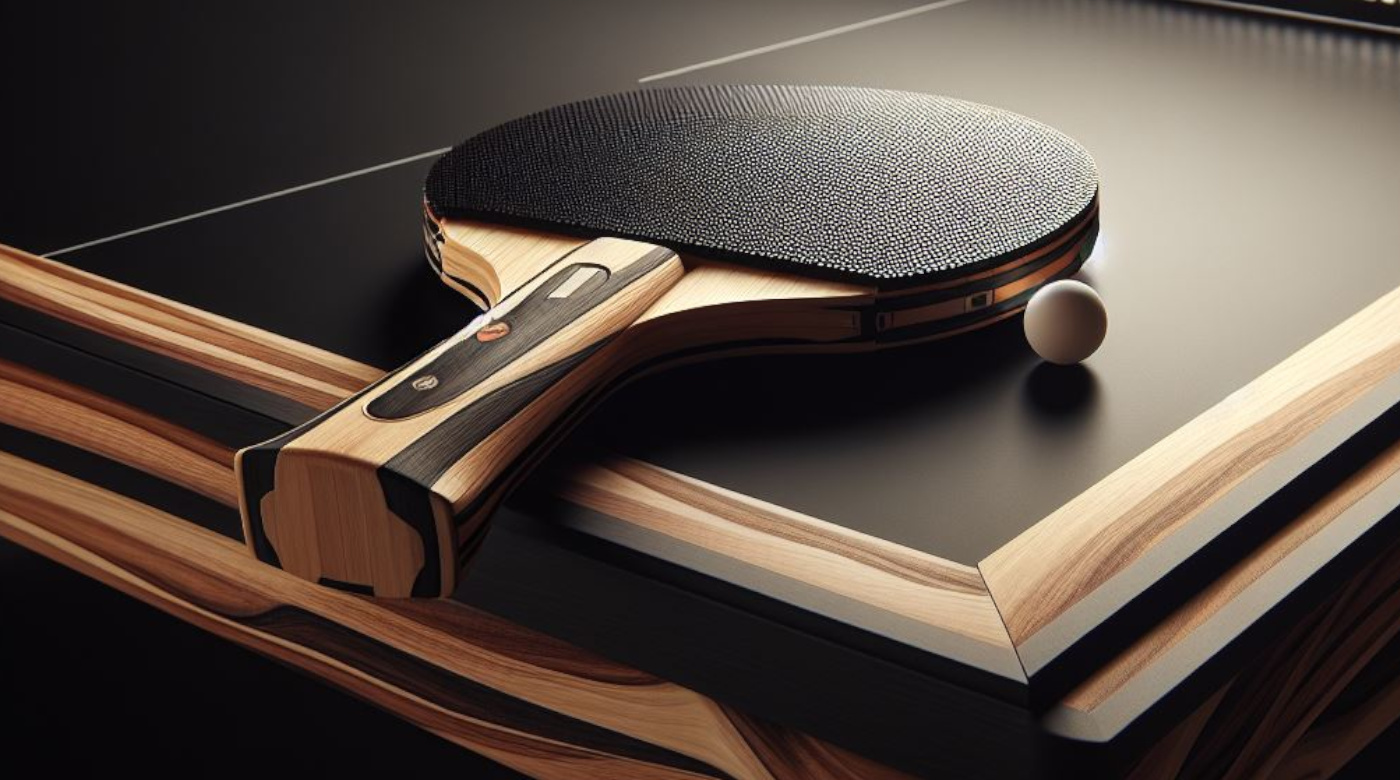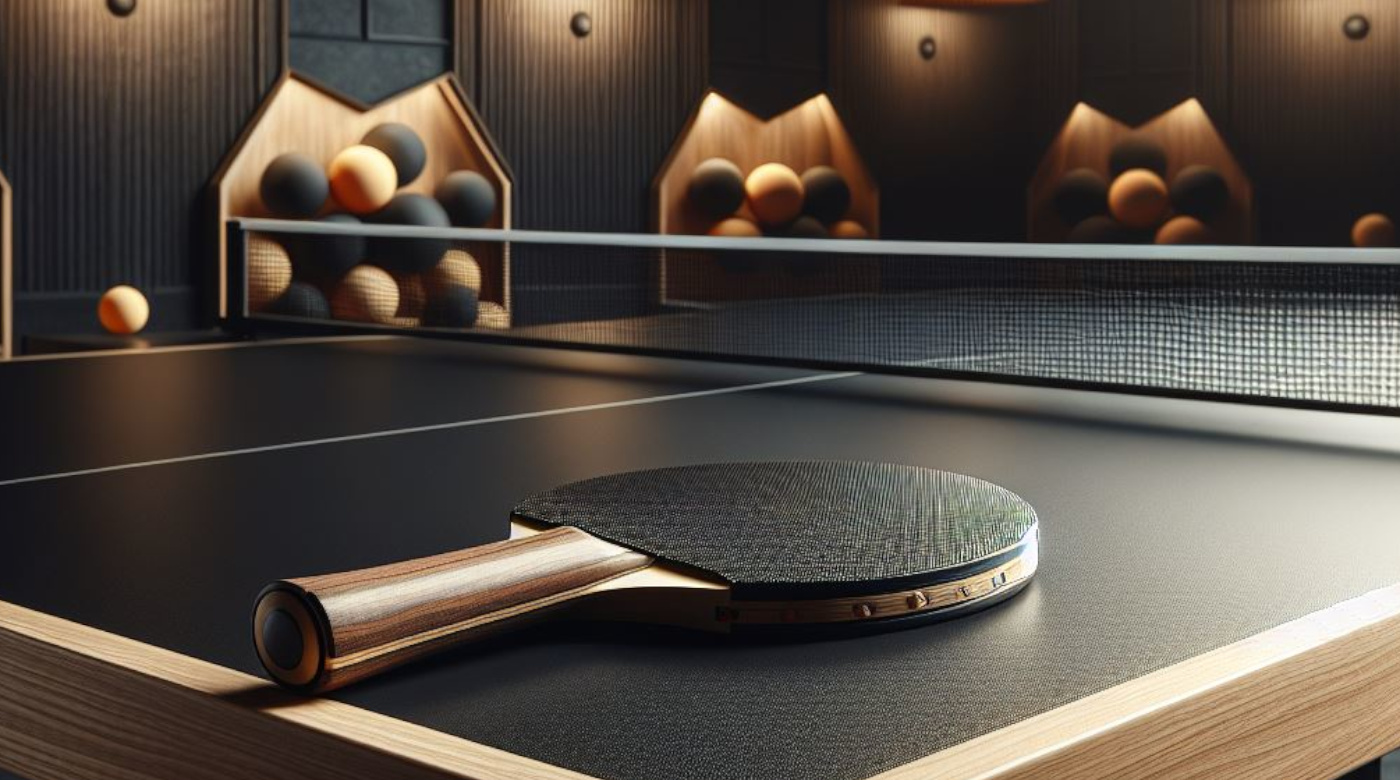Your cart is currently empty!
Table tennis is a demanding sport that combines precision, speed, and strategy. One of the crucial elements in practicing this sport is the choice of blade, which plays a key role in controlling the ball, the power of the shots, and the player’s sensations. Offensive table tennis blades, in particular, are designed for players who favor an aggressive approach to the game, seeking to impose a fast pace and dominate the rally. In this dissertation, we will thoroughly examine the characteristics of offensive blades, the materials used in their construction, their role in the playing style, and the criteria to consider when choosing a blade suitable for an offensive player.
1. Characteristics of Offensive Blades
Offensive blades are mainly distinguished by their speed and their ability to generate powerful strokes. These blades are generally stiffer and harder, which allows them to transfer more energy to the ball upon impact. Offensive blades are often categorized based on their speed on a scale ranging from ALL (Allround) to OFF+ (Offensive+), with OFF+ representing the highest level of speed.
a) Speed
The primary characteristic of an offensive blade is its speed. This is achieved through a specific construction that enhances the blade’s responsiveness during fast rallies. The faster the blade, the easier it is for the player to generate speed on the ball, which is particularly sought after in high-level rallies. However, increased speed can sometimes reduce control, meaning that offensive blades are often more difficult to handle for beginners.
b) Touch and Control
Although offensive blades are primarily designed for speed, control remains an important factor. Some offensive blades combine speed and feel to provide good feedback to the player. This allows precise shot adjustments despite the aggressive style of play. Experienced players often seek a balance between speed and control, enabling them to vary their shots depending on the situation in the rally.
c) Stiffness
Stiffness is another characteristic of offensive blades. Stiffer blades allow for a quicker transfer of energy during impact, promoting more direct and faster shots. However, this can also make the blade less forgiving of errors in placement and timing. Softer blades, on the other hand, provide better control but at the expense of speed.
2. Materials Used in the Construction of Offensive Blades
Table tennis blades are generally made up of several layers of materials that influence their properties. In offensive blades, the materials used aim to maximize speed while ensuring some stability in the strokes.
a) Natural Wood
Natural woods have traditionally been used in the construction of table tennis rackets. Among the most common types of wood found in offensive blades are balsa, limba, and hinoki. Balsa is light and offers good speed while maintaining some flexibility. Limba, on the other hand, is valued for its soft feel and control, while hinoki, native to Japan, is often prized for its ability to generate explosive speed while providing a good ball feel.
b) Composite Fibers
With technological advancements, many offensive blades today incorporate composite fibers such as carbon, aramid (kevlar), or ZLC (Zylon Carbon). These materials reinforce stiffness and increase the racket’s speed without sacrificing lightness. Carbon, in particular, is appreciated for its ability to reduce vibrations, providing better stability during powerful strokes. However, composite blades may sometimes offer less natural feel than fully wooden blades, which could be problematic for players who prioritize touch.
3. The Role of Offensive Table Tennis Blades in Playing Style
The choice of an offensive blade is closely tied to the player’s style of play. Offensive players typically seek to take the initiative in rallies, striking the ball with power and reducing the opponent’s reaction time. Offensive blades allow players to accelerate exchanges and produce winning shots with less effort.
a) Mid-distance Play
For players who play from mid-distance from the table, offensive blades are essential for maintaining constant pressure on the opponent. The speed of an offensive blade allows for powerful topspins even several meters away from the table, which is a major advantage in long rallies.
b) Counter-attacking Play
In counter-attacking play, where the player looks to use the speed of the opponent’s shots to their advantage, offensive blades facilitate direct strikes and active blocks. A fast blade allows for easy redirection of the opponent’s energy and responds with precise and powerful shots.
c) Powerful Strikes and Topspin
Topspin is a fundamental shot in offensive play, and offensive blades are specifically designed for this type of strike. They allow for great spin generation due to the speed and rigidity of the blade, making it harder for the opponent to block or counter the ball. Furthermore, flat strikes and smashes also benefit from the power of offensive blades.
4. Criteria for Choosing an Offensive Blade
The choice of an offensive blade depends on several personal and technical factors. The player’s skill level, playing style, and preferences regarding feel must all be taken into account to make the right choice.
a) Skill Level
Beginners may find it difficult to control very fast blades. Therefore, it is recommended to start with a blade that offers a good balance between speed and control, and gradually move to faster blades as the player progresses. Advanced and professional players, on the other hand, can fully benefit from the advantages of a fast blade.
b) Playing Style
A player who bases their game on spin and topspins will need a different blade than one who favors powerful strikes and short exchanges. For example, a topspin player might opt for a more flexible blade to increase rotation, while a direct hitter will prefer a stiffer blade to maximize speed.
c) Feel
Finally, feel is a key factor when choosing a blade. Some players prefer a soft touch and more control, while others prioritize stiffness and raw power. Real-world tests are often the best way to determine which blade suits an offensive player the most.
Conclusion
Offensive table tennis blades are indispensable tools for players looking to impose a fast and powerful game. Their design, combining natural and composite materials, maximizes speed and responsiveness while maintaining a certain level of control. The choice of an offensive blade should be made based on playing style, skill level, and personal preferences regarding feel. By mastering the use of an offensive blade, a player can truly transform their approach to the game, making their attacks more effective and their rallies more dynamic.
Featured Image: Mamba Blades “Offensive Table Tennis Blades”
FEEL THE
DIFFERNECE…



